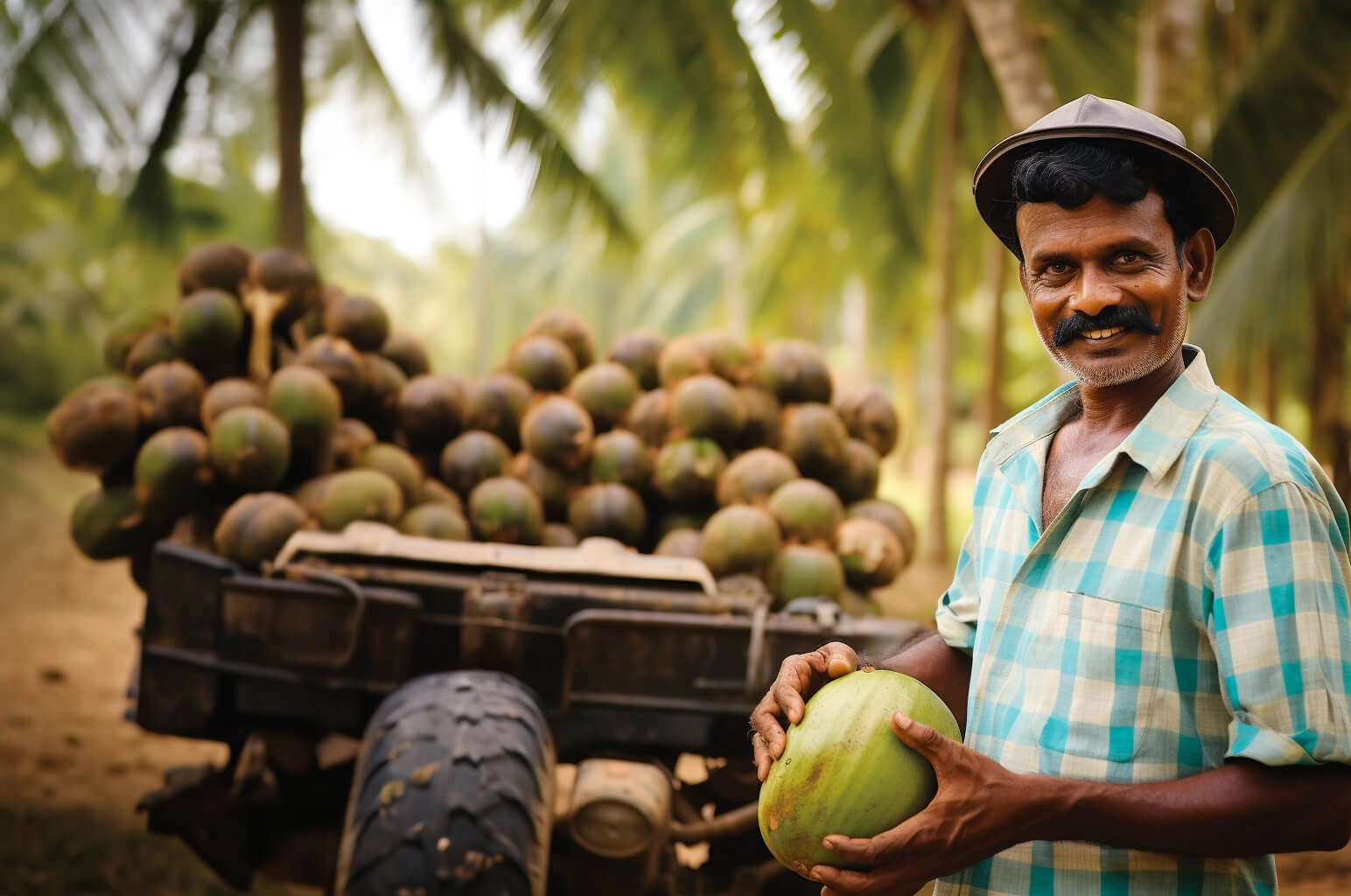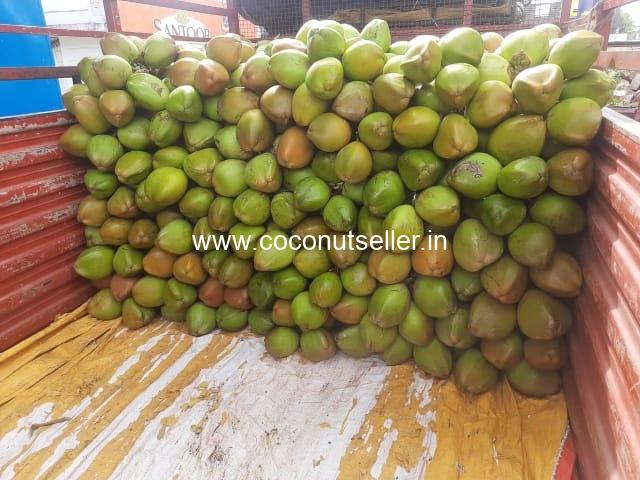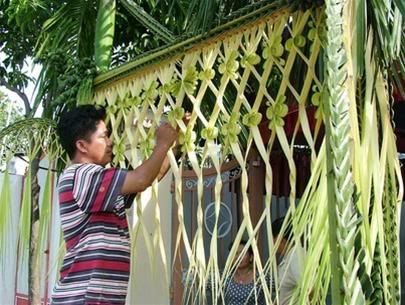
Coconut farming is a significant agricultural activity in tropical regions, particularly in countries like India, Indonesia, and the Philippines. In India, states such as Kerala, Tamil Nadu, Karnataka, and Andhra Pradesh are prominent producers, with Karnataka contributing substantially to the nation’s coconut output.
Cultivation Practices:
- Climate and Soil: Coconut palms thrive in tropical climates with high humidity and temperatures ranging between 27°C to 32°C.They prefer well-drained sandy loam soils with a pH of 5.5 to 7.0.
- Planting: Seedlings are typically planted at a spacing of 7.5 to 9 meters to ensure adequate sunlight and air circulation. Proper irrigation, especially during dry periods, is crucial for optimal growth.
- Intercropping: Farmers often practice intercropping by cultivating crops like banana, groundnut, pineapple, and vegetables between coconut trees, enhancing land utilization and income.
Coconuts are versatile, yielding products such as oil, copra, coir, and coconut water. In India, the coconut industry contributes significantly to the economy, with the fruit playing a vital role in food security and providing livelihoods to millions.
Challenges:
Coconut farmers face issues like fluctuating market prices, pest infestations, and the impacts of climate change. Organizations such as the Coconut Development Board offer support through research, development programs, and subsidies to address these challenges.
Sustainable Practices:
Adopting organic farming methods, including the use of organic manures and integrated pest management, can enhance soil health and yield quality. Such practices not only benefit the environment but also improve the economic resilience of coconut farmers.
For more detailed information and resources, the Coconut Development Board’s official website serves as a valuable reference.



